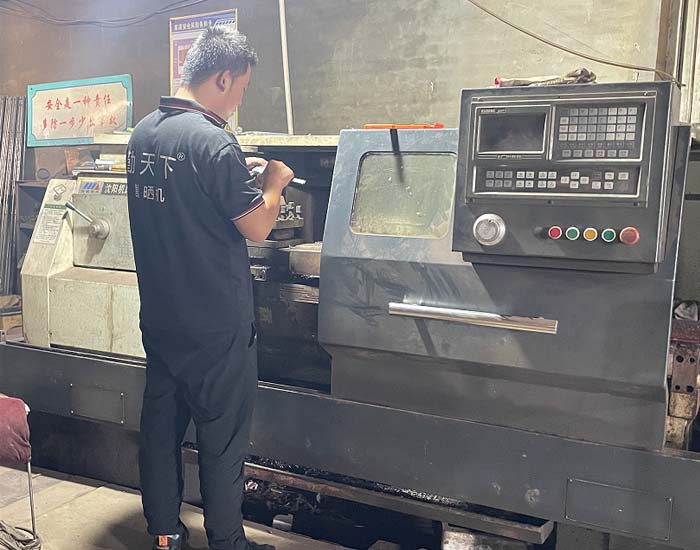rice reaper
The Rise of the Rice Reaper Revolutionizing Agriculture
In the ever-evolving world of agriculture, the introduction of the rice reaper has marked a significant turning point in rice cultivation and harvesting. This mechanized wonder has not only increased efficiency but has also transformed the livelihoods of countless farmers across the globe. With rice being one of the most crucial staple foods, especially in Asia, the impact of the rice reaper on agricultural practices cannot be overstated.
The Historical Context
Traditionally, rice harvesting was a labor-intensive process. Farmers relied on manual methods, using sickles and other hand tools to cut and gather the rice. This method, while effective in small-scale farming, was slow and required a considerable amount of labor. As populations grew and the demand for rice surged, the limitations of manual harvesting became increasingly apparent. The need for a more efficient solution led to the development of various mechanized tools, culminating in the invention of the rice reaper.
What is a Rice Reaper?
A rice reaper is a mechanical device designed specifically for cutting and harvesting rice plants. It typically features blades that slice through the stalks, gathering the cut rice into manageable bundles. Some modern rice reapers even come equipped with additional features such as threshing capabilities, allowing farmers to separate the grains from the chaff in one go. This two-in-one functionality dramatically reduces the time and effort required to complete the harvesting process, making it an invaluable asset in modern rice farming.
Efficiency and Productivity
The efficiency of rice reapers has led to remarkable increases in productivity. Studies show that mechanized harvesting can reduce the time taken to harvest rice by up to 50%. In regions where labor shortages are a common issue, the rice reaper serves as a critical solution, compensating for the lack of available farmhands. By mechanizing the process, farmers can also extend their working hours, allowing them to handle larger plots of land and ultimately increase their yield.
Furthermore, the use of rice reapers minimizes post-harvest losses. Traditional harvesting methods can lead to significant losses due to delays and damage during the manual cutting process. With swift and efficient harvesting facilitated by machinery, farmers can ensure that a larger percentage of their crop reaches the market. This increase in marketable yield not only boosts individual farmer incomes but also contributes to food security in regions heavily reliant on rice.
rice reaper

Economic Impact
The rice reaper's economic implications are profound. Firstly, by increasing yields and reducing labor costs, farmers can achieve greater profitability. This has a ripple effect throughout the agricultural supply chain, benefiting local economies and contributing to rural development. Investing in rice reapers and other agricultural machinery can also stimulate local manufacturing sectors, creating jobs and fostering innovation.
Moreover, as farmers become more productive, they can invest in additional resources, leading to improved farming practices and sustainability. This can encompass better irrigation systems, the use of high-yield seed varieties, and enhanced pest control methods, all of which further contribute to increased agricultural output.
Challenges and Considerations
Despite the numerous benefits, the adoption of rice reapers is not without challenges. The initial cost of purchasing machinery can be prohibitive for many smallholder farmers. Additionally, a lack of adequate training on how to operate and maintain these machines can lead to underutilization or damage, negating the potential advantages.
Governments and agricultural organizations play a vital role in addressing these challenges. Subsidies, financing options, and training programs can help farmers transition to mechanized harvesting. Initiatives that promote cooperative purchasing can also lower the financial barriers for individual farmers, enabling communities to gain access to these transformative tools collectively.
Conclusion
The rice reaper is more than just a machine; it is a symbol of progress in agriculture. As we face an ever-increasing global population and the accompanying challenges of food production, innovations like the rice reaper will be vital in ensuring food security and economic stability. By embracing mechanization, the agricultural sector can enhance productivity, reduce labor shortages, and ultimately improve the lives of millions of farmers. As we look to the future, the rice reaper stands at the forefront of a new agricultural revolution, promising a more prosperous and sustainable path for rice cultivation worldwide.
Latest news
-
When to Upgrade Your Old Forage HarvesterNewsJun.05,2025
-
One Forage Harvester for All Your NeedsNewsJun.05,2025
-
Mastering the Grass Reaper MachineNewsJun.05,2025
-
How Small Farms Make Full Use of Wheat ReaperNewsJun.05,2025
-
Harvesting Wheat the Easy Way: Use a Mini Tractor ReaperNewsJun.05,2025
-
Growing Demand for the Mini Tractor Reaper in AsiaNewsJun.05,2025







